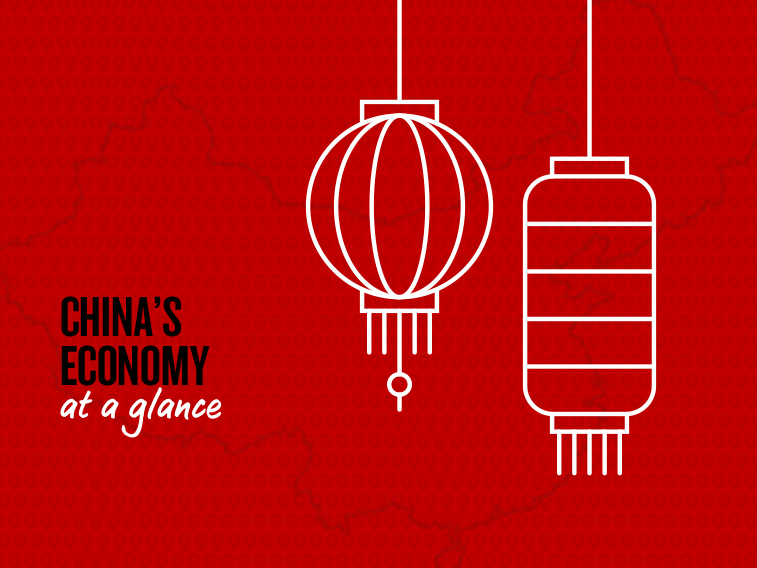RBA surprises with a hold, NAB still sees cuts in August, November and now February


Insight
Can China maintain its stable growth profile as trade tensions increase?

For further details, please see the attached document:
© National Australia Bank Limited. ABN 12 004 044 937 AFSL and Australian Credit Licence 230686.